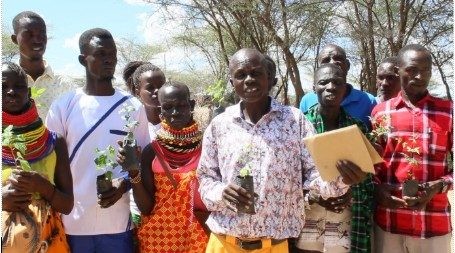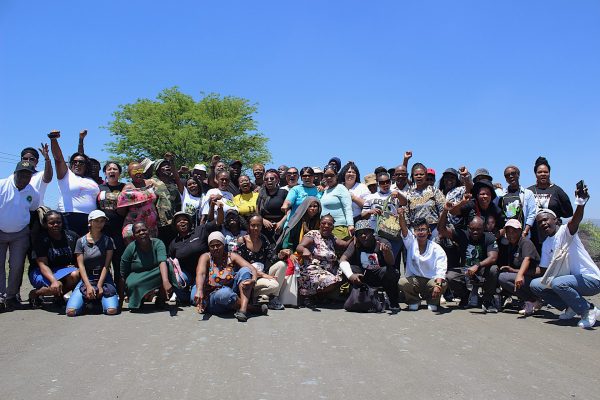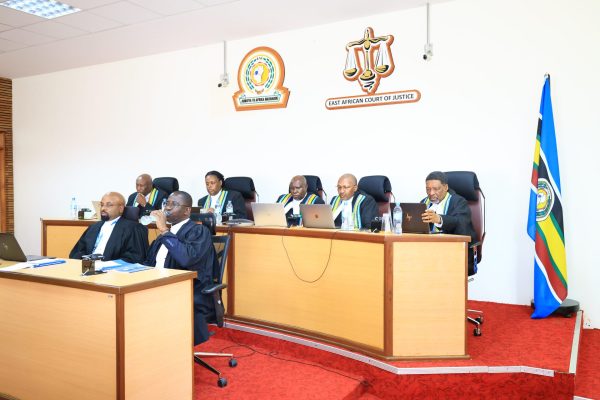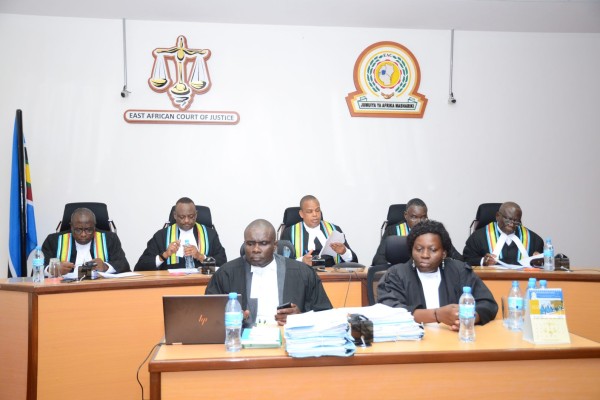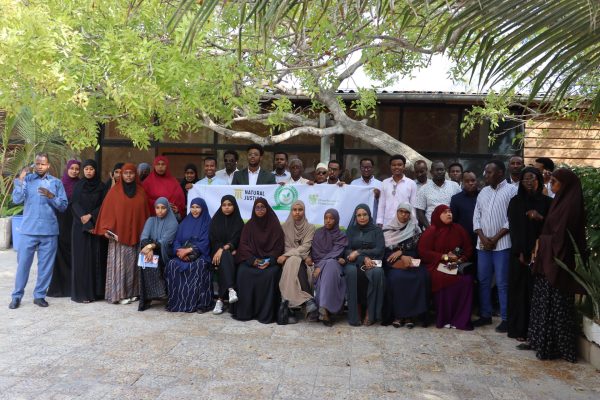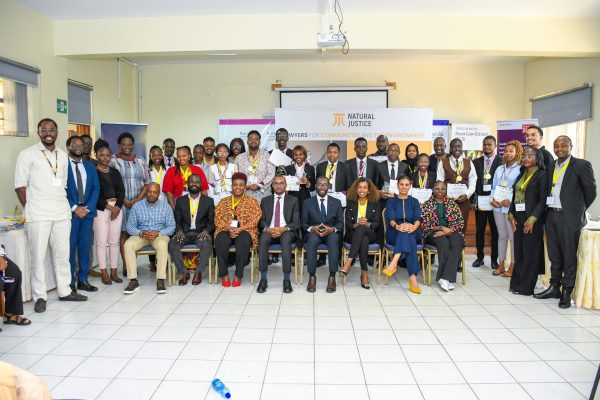In the pursuit of ambitious economic growth goals, Kenya has set its sights on achieving a GDP growth of 10% and sustaining that average until 2030. To realise these aspirations, the development of new industries, information and communication technologies, mass transport, and renewable energy are vital drivers for economic growth and progress towards the Sustainable Development Goals.
One region that has experienced a surge in mining and quarrying activities to contribute to this national vision is Kilifi County. At least eight mining companies have been operating in Magarini Sub County, bringing both benefits and burdens to the local residents.
H-Young, an engineering and construction company contracted for the tarmacking of the Malindi-Lamu road, has been actively involved in quarrying activities in the ADU ward of Magarini Sub County. However, the impact of these activities has been far from what was portrayed in the Environmental Impact Assessment report, which promised poverty alleviation for the Bora Imani community.
Even before the project’s introduction in 2017, access to water was a major concern for the Bora Imani community. They relied on shallow water pans, which collected rainwater runoff for livestock and domestic use. However, this water source could only sustain the community for about three months before they were forced to travel approximately 12 kilometers to fetch water from the “nearby” Marereni town.
In this drought-stricken community, the resilience and unwavering faith of the Bora Imani people have always been essential for survival. Bora Imani, which loosely translates to “you can survive as long as you have faith,” has been tested time and time again. According to the World Weather Attribution’s report on severe drought in Kenya (2016-17), Kilifi County experienced a lack of short rains, exacerbating the existing drought conditions and leaving communities like Bora Imani vulnerable to food insecurity, water shortages, and other climate-related shocks.
The community’s faith faced another significant challenge when H-Young’s construction activities, touted as “poverty alleviating,” destroyed the main water pan. The construction work filled the pan with sand and debris, rendering it unusable. The community was left with no choice but to rely on smaller pans that couldn’t meet their water demands.
As if the water scarcity wasn’t enough, the company operated without sanitary facilities, forcing employees to use nearby bushes. This worsened the water scarcity issue as the contaminated runoff water collected in the small pans led to cases of cholera.
Dust pollution from the poorly managed land clearing activities also became unbearable for the community. The quarry’s proximity to shopping centers, homesteads, and a neighboring primary school caused concerns. The school had previously complained about the loud noise and vibrations emanating from the quarry’s blasting activities.
In collaboration with the Bora Imani community, Natural Justice took action to address these injustices. We wrote two complaint letters—one to the National Environment Management Authority (NEMA) at the county level, highlighting the breach of license conditions related to workers’ protection, rainwater harvesting, and air pollution control mechanisms. Another complaint letter was sent to the Magarini Sub County Public Health officer, copying NEMA, regarding the quarry’s lack of sanitary facilities and the resulting health risks, including cholera.
Fortunately, both NEMA and the Public Health Office responded to the community’s complaints. NEMA issued an environmental restoration and cessation order, halting the quarry’s operations until the breached license conditions were met. The Public Health Office gave the company 21 days to provide sanitary facilities, with an officer assigned to supervise the completion.
NEMA also directed the company to supply the community with alternative water sources after destroying the pans. As a result, a water bowser truck was provided to the community every Tuesday and Thursday, ensuring access to clean and fresh water. This brought temporary relief to the community.
However, the COVID-19 pandemic forced the company to shut down its operations, raising concerns about the continuity of water supply to the community. In worst-case scenarios, community members would have to travel long distances to access water, increasing their vulnerability to COVID-19 while trying to adhere to public health measures.
During the COVID-19 outbreak, the community reported a week-long water shortage from the company, further complicating the situation due to travel restrictions and curfews imposed by the county and national government. The lack of access to water became an existential threat, hampering the community’s ability to mitigate exposure to the pandemic.
Since February 2023, H-Young has decommissioned the quarry, leaving the community struggling with water scarcity compounded by dry conditions from January to March. What was meant to symbolize development has turned into a dire situation. Once again, the community finds solace in their unwavering faith—Bora Imani.
H-Young’s departure and the lingering effects of their presence present an opportunity to reflect on key lessons learned. These lessons will shape future engagements in similar situations:
- Community members can seek remedies from administrative institutions for environmental injustices when they are aware of their rights, relevant laws, and the institutions available for seeking justice.
- Environmental remedies should be robust and inclusive of all stakeholders’ needs, with a focus on co-implementation to ensure sustainability and progress in livelihoods. Reliance on project-specific remedies, such as water provision solely dependent on the company, is clearly unsustainable.
- Decommissioning, a crucial phase in licensed projects, needs better understanding and implementation. Projects should include proper restoration plans, addressing issues such as open pits, fencing, and aesthetic degradation to ensure the area is left in a restored and safe condition.
- Environmental Impact Assessments should place greater emphasis on a project’s climate implications and incorporate strong adaptive and mitigative measures to combat climate change’s effects, exacerbated by such projects.
As Bora Imani faces an uncertain future, their enduring faith serves as a reminder of the resilience and determination found within communities affected by environmental injustices. By learning from past experiences and taking proactive measures, we can work towards a more equitable and sustainable future for all.


